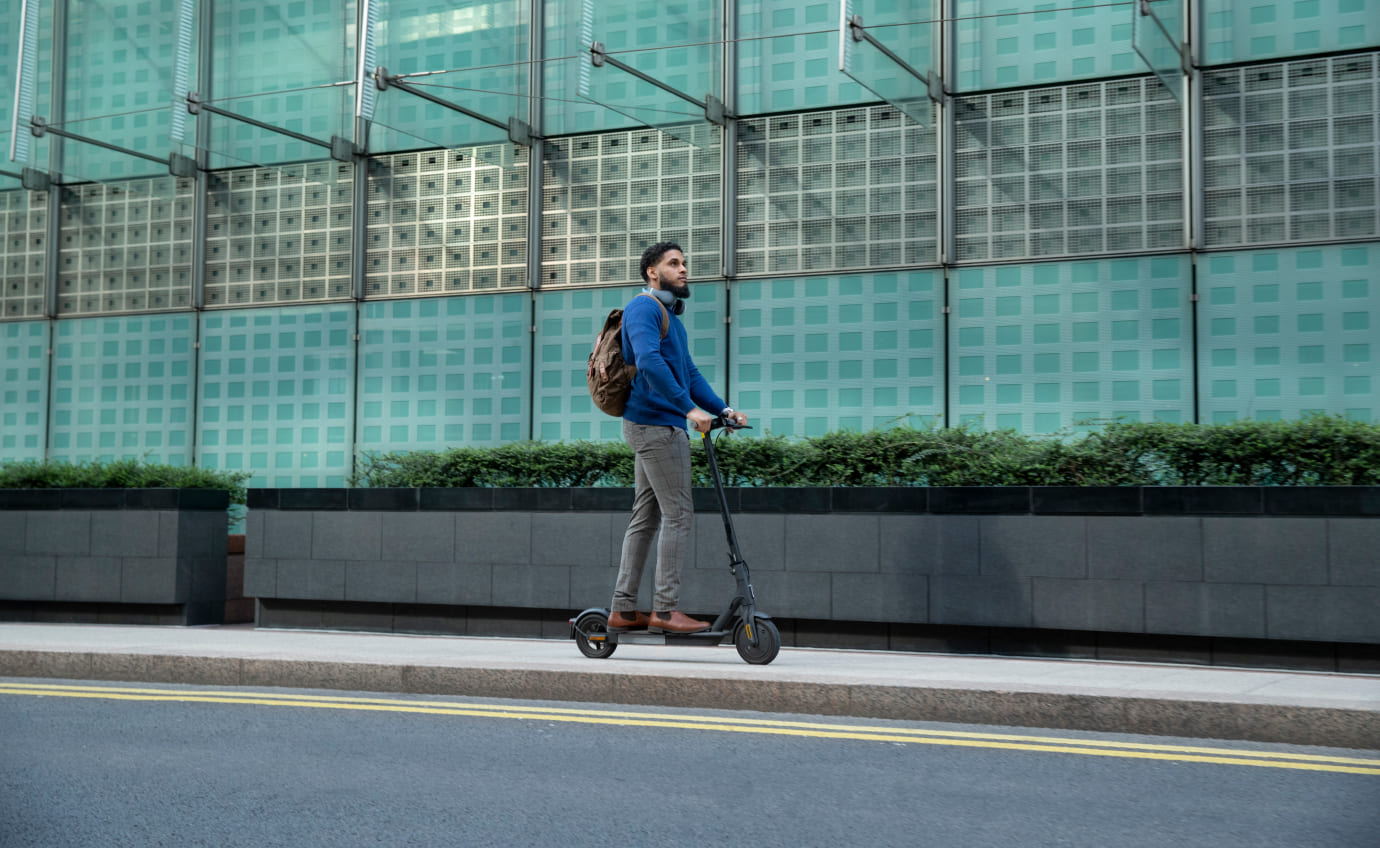Cities across the United States are undergoing a transformation, thanks to a simple but powerful idea: micromobility. This approach, which includes options like electric scooters and e-bikes, is offering a practical, eco-friendly way to tackle some of the most pressing challenges of urban transportation. From reducing traffic jams to making the air we breathe cleaner, micromobility is reshaping how we move through our cities and connect with our communities. Here’s how this change is happening and what cities can do to make the most of it.
Let’s face it—traffic is one of the biggest headaches in urban life. But with more micromobility options popping up, such as shared e-scooters and e-bikes, residents are finding quicker, easier ways to cover those short distances without needing a car. In fact, studies show that over 60% of urban trips are less than five miles, so micromobility is perfect for these short journeys. By replacing car trips, micromobility is freeing up roads, especially in downtown areas where space is limited and gridlock is a daily struggle.
Micromobility also has a huge impact on air quality. Unlike cars, e-scooters and e-bikes produce zero emissions while they’re being used. As cities work toward ambitious environmental goals, offering low-emission transportation options is becoming essential. Each trip taken on an electric scooter or bike instead of a car means fewer carbon emissions, leading to cleaner air and a healthier environment. And with more cities setting up electric vehicle charging infrastructure, supporting and expanding micromobility is easier than ever.
Accessibility and Inclusivity for All Residents
One of the most exciting things about micromobility is how it’s opening doors for people who might not own a car or who prefer not to drive in busy urban areas. Many cities are integrating micromobility with public transit, so residents have flexible, affordable options to get to and from transit stations. This is especially important in low-income communities and neighborhoods that have traditionally lacked accessible transportation. By placing micromobility options in underserved areas, cities can close transportation gaps and connect more people to the resources they need.
Micromobility isn’t just changing how we get around; it’s also helping local economies. With easier access to transportation, residents and visitors are more likely to explore neighborhoods, visit shops, and enjoy local restaurants and attractions. Studies even show that people using micromobility are more inclined to check out local businesses they might otherwise miss. This boost in foot traffic can make a big difference for small businesses, supporting a vibrant, thriving community.
The Importance of Smart Infrastructure
For micromobility to work well, cities need to create safe spaces for it. Across the U.S., cities are adding bike lanes, designated parking spots for e-scooters, and clear signage to make micromobility safe and accessible for everyone. Some are even using geofencing technology to control where scooters and bikes can go, automatically slowing them down in high-traffic areas or restricting parking in certain zones. These updates to urban infrastructure help keep sidewalks and streets organized while making micromobility a safe, enjoyable option.
As urban populations continue to grow, cities are under more pressure than ever to create sustainable, efficient transportation systems. Micromobility fits perfectly into this vision, complementing public transit without overloading existing infrastructure. As an affordable and scalable alternative to cars, micromobility lets cities grow in a way that’s sustainable and preserves the quality of life for residents.
A New Era of Urban Mobility
The impact of micromobility is already clear in cities across the U.S. By easing traffic, reducing emissions, boosting local economies, and making transportation more accessible, micromobility is truly transforming city life. At iPakket, we’re proud to play a role in this exciting shift. We’re dedicated to providing safe, sustainable, and smart micromobility solutions that help cities embrace these changes. Together, we can create communities that are more connected, eco-friendly, and enjoyable for everyone.



